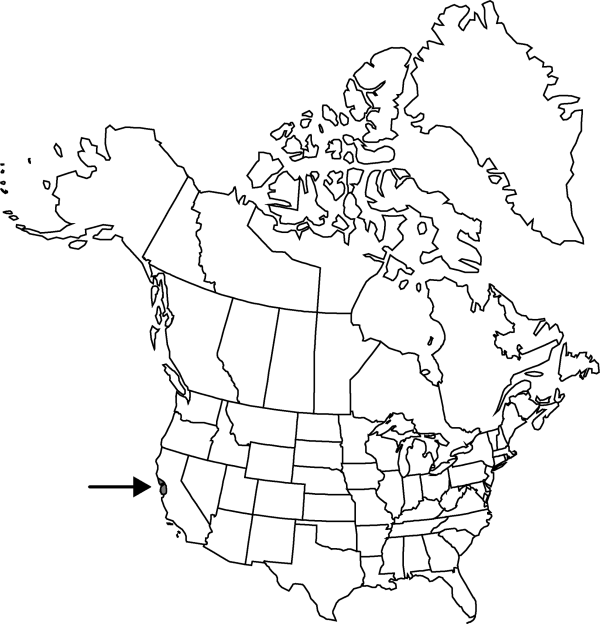Salsola soda
Sp. Pl. 1: 233. 1753.
Herbs, 5–70 cm, glabrous. Stems erect or ascending, branched from base or nearly so; branches straight or slightly arcuate (proximal ones sometimes almost prostrate). Leaves (especially proximal ones) mostly opposite; blade linear, usually more than 1.5 mm wide in herbarium specimens, fleshy, distinctly swollen or ovate at base, apex mucronulate, not spinose. Inflorescences distinctly interrupted, 1-flowered; bracts alternate or almost opposite, not imbricate, horizontally reflexed at maturity, swollen at base, abruptly narrowing into mucronulate nonspinose apex. Flowers: bracteoles distinct, not adnate to perianth segments; perianth segments wingless or with rudimental triangular tubercles at maturity, margins crenate or pectinate-ciliate apically, glabrous; fruiting perianth ca. 3–6(–7) mm diam. 2n = 18.
Phenology: Flowering spring–summer.
Habitat: Coastal and disturbed saline habitats
Elevation: 0-50 m
Distribution

Introduced; Calif., Eurasia, n Africa, introduced in South America.
Discussion
Salsola soda can be expected to spread in California, or to appear in inland or coastal saline habitats in southern states.
Selected References
None.
